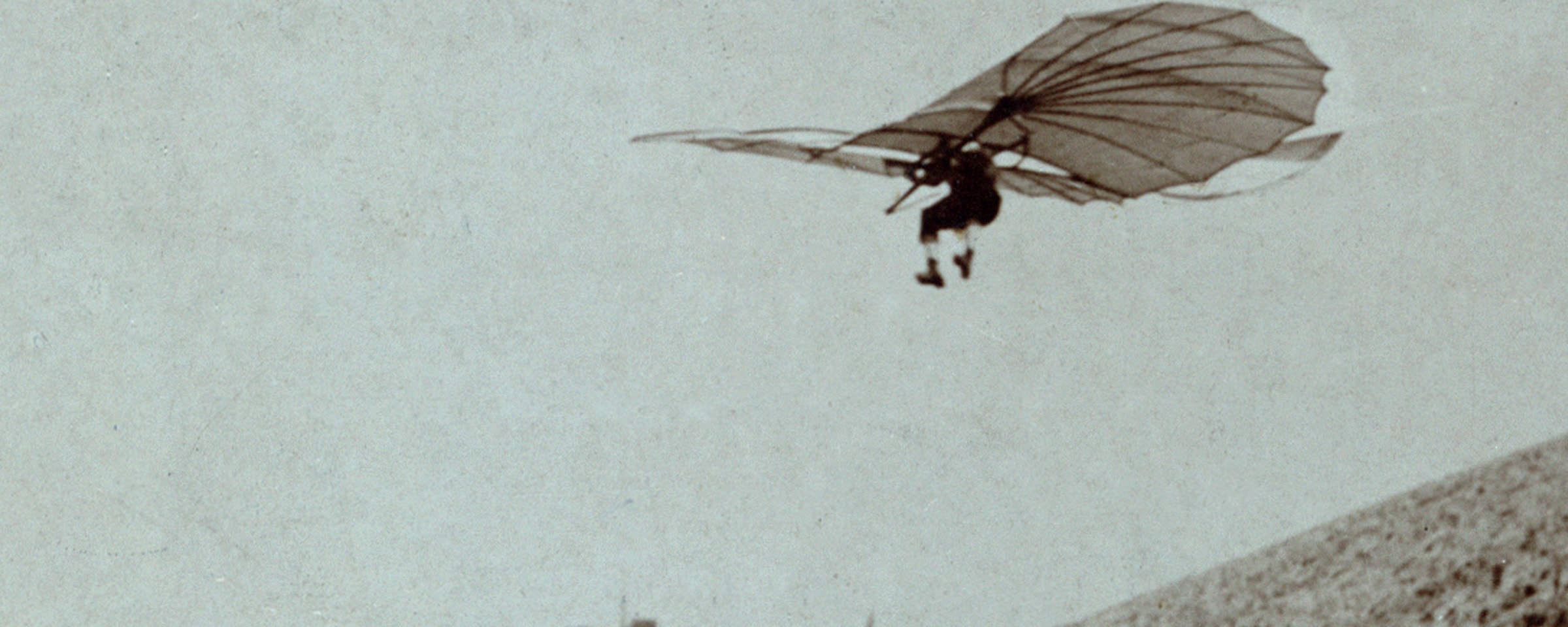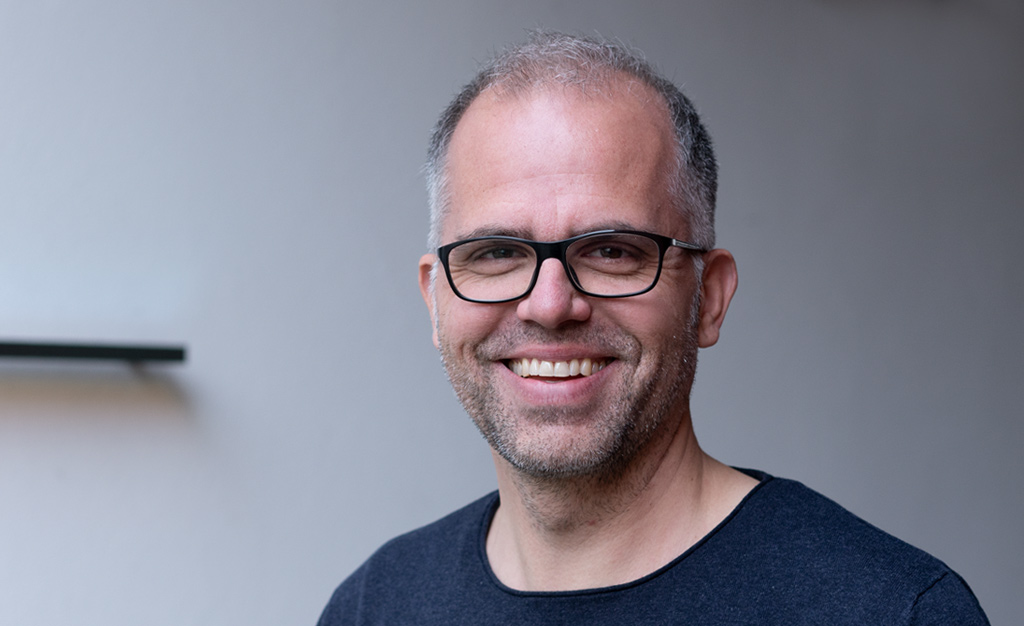
 Bernhard Staiber
Bernhard Staiber

13.08.2013
Thoughts on innovation – Rely on fascination, not on fear
Innovation is magic. It made us leave the trees to sell hand-crafted wheels on Etsy. Challenging the status quo is a striking constant of human nature. Therefore, it seems appropriate to urge companies to “innovate or die” because “what is superior today might not be superior tomorrow”. Yet, this mantra isn’t helpful. It uses threats and thus evokes fear: the fear of decreasing margins, the fear of losing customers to competitors and, finally, the superior market position. Oh my god – I have to be innovative now or I’ll go straight to hell. I doubt this is a useful motivation.
Following this path tends to overemphasize incremental product and process development: let’s add those new features to underline our product’s superiority. Let’s improve our efficiency to stabilize margins. Clayton Christensen points out that quite often well-managed companies fail, because they are not prepared to develop new growth opportunities. He states that these organization excel in developing elaborate products, perfectly fit to their customers’ demands, granting high margins in large markets. Why should they tolerate investments in low-performing, low-margin technologies targeting small markets? But once a new technology or trend is settled, those established companies face problems as their formerly stable market is being disrupted. It just might be to late to jump on the train.
The challenge is to manage both: incrementally elaborating the existing portfolio and taking the risk of diving into new ventures. That means a company needs two kinds of organizations working simultaneously. It needs a structure for exploitation, that is delivering high quality products at large scales while optimizing products and processes. But it also needs a second flexible structure for exploration which means experimenting in short releases while being prepared for slow growth and even failure (I guess it isn’t fear that would motivate such a team, would it? As Seth Godin’s points out you need the exact opposite of anxiety). The point is that these structures depend on one another – they are each suiting different phases along the technology s-curve.
And there’s another reason why innovation shouldn’t be tackled from the product perspective. We all have a notion of Maslow’s famous hierarchy of human needs. In a nutshell it points out that the set of motivations that influences our behavior develops depending on the current degree of satisfaction of certain needs. Dominant at the highest level of motivation is self-actualization, described as the desire to bring about one’s inherent potential. Acting on that level means transcending the bare necessities and following my very own mission. So far so good.
Now let’s outline a hierarchy of product qualities to match these different motivation layers. First of all, people have to be able to afford a certain product. Then functionality comes in: which set of features suits best? If those basics are well met quality aspects become increasingly important. The next step is Maslow’s “esteem” layer. It is being addressed by product aesthetics and the brand image. Now, it’s interesting to observe that most products embody variations of these four qualities. Sometimes we’re comfortable buying a cheap gadget that does its job – that’s just fine. Then again we love to own beautiful products of refined quality – in that case functionality or price are probably less important aspects.
But what about the top level, that is self-actualization? I would suggest that the equivalent here is identification with the company itself, manifested in the motives, values and beliefs of the organization or the people representing it. When people realize that a firm’s mission or conviction inspires them and maybe even matches their very own. This builds very strong bonds. And the good news is that these bonds are not confined to a single product but to the organization’s activities as a whole. That’s where Simon Sinek’s conclusion comes in: “Make business with people who believe what you believe, not with everyone who needs what you have.” Answer the “Why” before tackling the “How” and “What”.
Long story short: Companies benefit from a balance of organizational structures. A static backbone and a fluid team that can purely focus on new opportunities rather than just incremental portfolio optimization. Companies that are motivated by an unmistakable mission inspire people, both employees and customers. Rely on fascination, not on fear.
Markus Turber wrote a follow-up here.